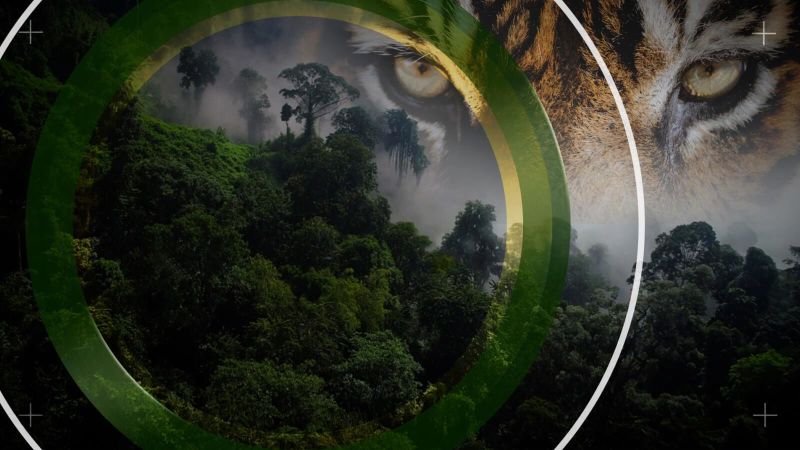The significance of leveraging technology for the conservation of wildlife species has soared exponentially in recent years. Two notable powerhouses in this realm, respectively leading in space exploration and digital mapping, are the National Aeronautics and Space Administration (NASA) and Google Earth. Their groundbreaking collaborations and resources have been crucial in safeguarding one of the planet’s most iconic yet endangered species – tigers.
NASA’s Initiative
NASA’s primary role in saving tigers lies within its myriad satellite systems. These satellite systems have been employed to build comprehensive and updated maps of forests across the earth, providing critical insight into the habitats of tigers. The advanced satellite technology at NASA’s disposal enables researchers to closely monitor the changes in these habitats by consistently delivering accurate, reliable data.
One of NASA’s most efficient tools that have been applied in tiger conservation efforts is the Landsat series of satellites. For the past 40 years, the Landsat program has been collecting surface data from across the globe, offering up extensive archives of land records which researchers can access to evaluate the health and status of tiger habitats. These observations have proven imperative in tracking deforestation rates and forest degradation, both of which directly impact tiger populations. Similarly, they have been instrumental in identifying protected areas, determining where conservation efforts are thriving and where additional resources might be needed.
Google Earth’s Contribution
Parallel to NASA’s initiatives, Google Earth has also stepped onto the front lines of tiger conservation. Google Earth provides a powerful platform where researchers can visualize the data gathered by NASA’s satellites, often in real-time.
Google Earth’s high-resolution imagery and detailed mapping provide an indispensable tool for researchers to thoroughly understand the topography of tiger habitats. Combined with the satellite data from NASA, Google Earth helps researchers identify areas of concern quickly. For instance, alerts for signs of deforestation can be sent directly from the satellite systems to conservation officers on the ground, offering a rapid-response mechanism to potential threats.
Perhaps the most impactful feature of Google Earth for tiger conservation is its accessibility. The ease of access allows everyone, from high-ranking scientists to environmentally-concerned citizens, to participate in conservation efforts. This opens up opportunities for collaborations, volunteer-driven initiatives, and awareness campaigns worldwide.
Moreover, Google Earth’s Street View feature has been adopted by groups like the World Wildlife Fund (WWF), to virtually transport internet users into the heart of tiger habitats. This immersive experience is part of a broader educational outreach, which aims to raise public awareness about the importance of tiger conservation and the threats these magnificent creatures face.
Collaborative Measures
Both NASA and Google Earth’s resources are designed to complement each other. NASA’s satellite data offers visceral, quantitative information about the state of tiger habitats, while Google Earth visually represents these habitats and makes the data accessible and easy to understand for the public and researchers alike.
The application of these technologies in tiger conservation aligns with broader efforts towards ecological conservation and environmental protection. Besides assisting in mapping and monitoring tiger habitats, they contribute to fighting climate change, preserving biodiversity, and shaping sustainable development policies.
In closing, the robust intervention from both NASA and Google Earth has subtly shifted how we approach wildlife conservation, particularly for endangered species like tigers. They exemplify how the power of technology can be harnessed in pivotal ways to help protect, monitor, and recover animal populations, offering tangible hope for the future of our planet’s biodiversity.




